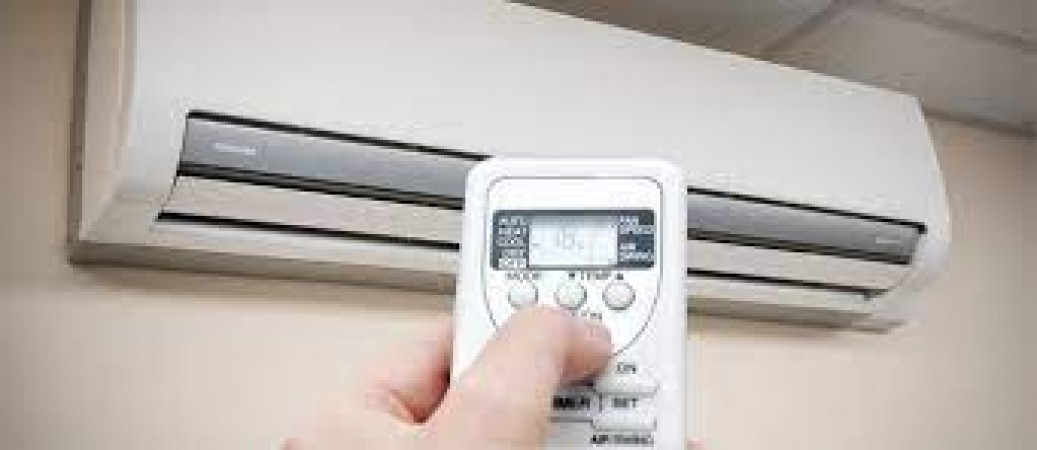
Start by examining the typical temperatures experienced in your area throughout the year. Climate data from local weather services or online resources can provide insight into temperature trends during different seasons.
Analyze Humidity Levels: In addition to temperature, consider the humidity levels prevalent in your region. High humidity can make hot temperatures feel even more uncomfortable, impacting your need for effective cooling solutions.
2. Evaluate Comfort Levels
Personal Comfort: Take note of how comfortable you feel indoors during warm or hot weather. If you find yourself frequently sweating or feeling uncomfortably warm, it may indicate a need for improved cooling.
Family Members' Comfort: Consider the preferences and comfort levels of other household members, as individual tolerance to heat can vary. Children, elderly individuals, and those with certain health conditions may be more sensitive to high temperatures.
3. Consider Indoor Temperature
Measure Indoor Temperature: Use a thermometer to accurately measure the temperature inside your home, especially during peak heat hours. This will provide you with concrete data to assess whether your current cooling methods are adequate.
Compare Indoor and Outdoor Temperatures: Compare the indoor temperature to the outdoor temperature to determine if there is a significant difference. If indoor temperatures remain consistently higher than outdoor temperatures, it may indicate that additional cooling is needed.
4. Review Energy Bills
Analyze Energy Consumption: Review your energy bills over several months, paying attention to any noticeable spikes during warmer periods. Increased energy consumption for running fans or other cooling devices can indicate a need for more efficient cooling solutions.
Compare Usage Patterns: Compare your energy usage patterns between different seasons to identify trends. If you notice a significant increase in energy usage during hotter months, it suggests that your current cooling methods may be insufficient.
5. Assess Ventilation
Check Air Circulation: Evaluate the effectiveness of airflow and ventilation in your home. Ensure that windows, vents, and fans are positioned to facilitate proper air circulation, which can help alleviate heat buildup.
Consider Airflow: Identify any areas in your home where airflow may be restricted, such as blocked vents or poorly positioned furniture. Improving airflow can enhance the effectiveness of cooling systems.
6. Monitor Indoor Air Quality
Check for Stale Air: Pay attention to indoor air quality, particularly during warmer months when windows may be closed more frequently. Stale or stagnant air can indicate poor ventilation and may contribute to discomfort.
Assess Air Purification Needs: Consider if your cooling solution should also address indoor air quality concerns. Air conditioners equipped with filtration systems can help remove pollutants and allergens, improving overall air quality.
7. Identify Specific Needs
Health Considerations: Take into account any health conditions or concerns that may require a cooler indoor environment. Individuals with respiratory issues or allergies, for example, may benefit from maintaining a controlled climate with air conditioning.
Work or Study Requirements: Consider the impact of temperature on productivity and concentration. If you or family members work or study from home, maintaining a comfortable indoor temperature can be essential for performance and focus.
8. Seek Professional Advice
Consult HVAC Professionals: Schedule a consultation with heating, ventilation, and air conditioning (HVAC) experts to assess your home's cooling needs. They can provide personalized recommendations based on factors such as home size, insulation, and existing HVAC systems.
Schedule an Inspection: Arrange for professionals to conduct a thorough inspection of your home's cooling infrastructure. They can identify any issues or inefficiencies and recommend appropriate solutions.
9. Plan for Budget and Installation
Budget Considerations: Determine your budget for purchasing, installing, and operating cooling systems. Consider the long-term cost savings of energy-efficient models versus initial investment costs.
Installation Logistics: Evaluate the logistics of installing cooling systems in your home, including available space, electrical requirements, and any necessary modifications. Proper installation is crucial for optimal performance and efficiency.
10. Consider Long-Term Benefits
Investment Value: Think beyond immediate comfort and consider the long-term benefits of investing in quality cooling solutions. Energy-efficient systems can lead to lower utility bills and may increase the resale value of your home.
Property Value: Recognize that installing cooling systems can enhance the overall value and appeal of your property. Potential buyers often prioritize homes with reliable climate control, making it a worthwhile investment.
In conclusion, determining the need for a cooler or air conditioner in your house requires careful consideration of various factors, including climate conditions, comfort levels, indoor temperature, energy consumption, ventilation, indoor air quality, specific needs, professional advice, budget, installation logistics, and long-term benefits. By thoroughly evaluating these aspects, you can make informed decisions to create a comfortable and efficient indoor environment, especially during hot weather.
Men Should Include These Foods in Their Diet to Maintain Handsome Looks Even After 40 Years
Chewing Neem leaves at this time will cure many diseases, this is the right way to eat them
Your eyes tell you that Thyroid is increasing, know what are the warning signs